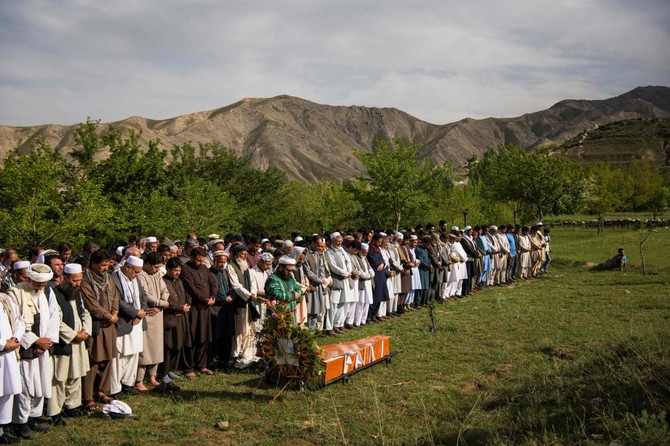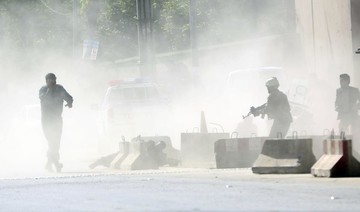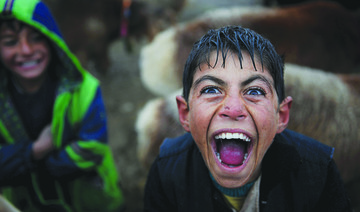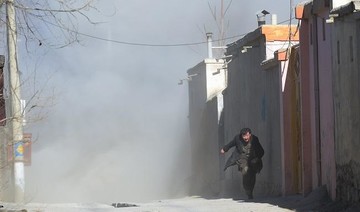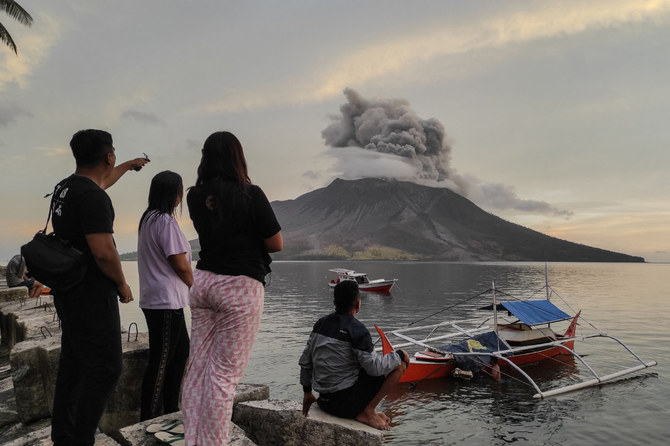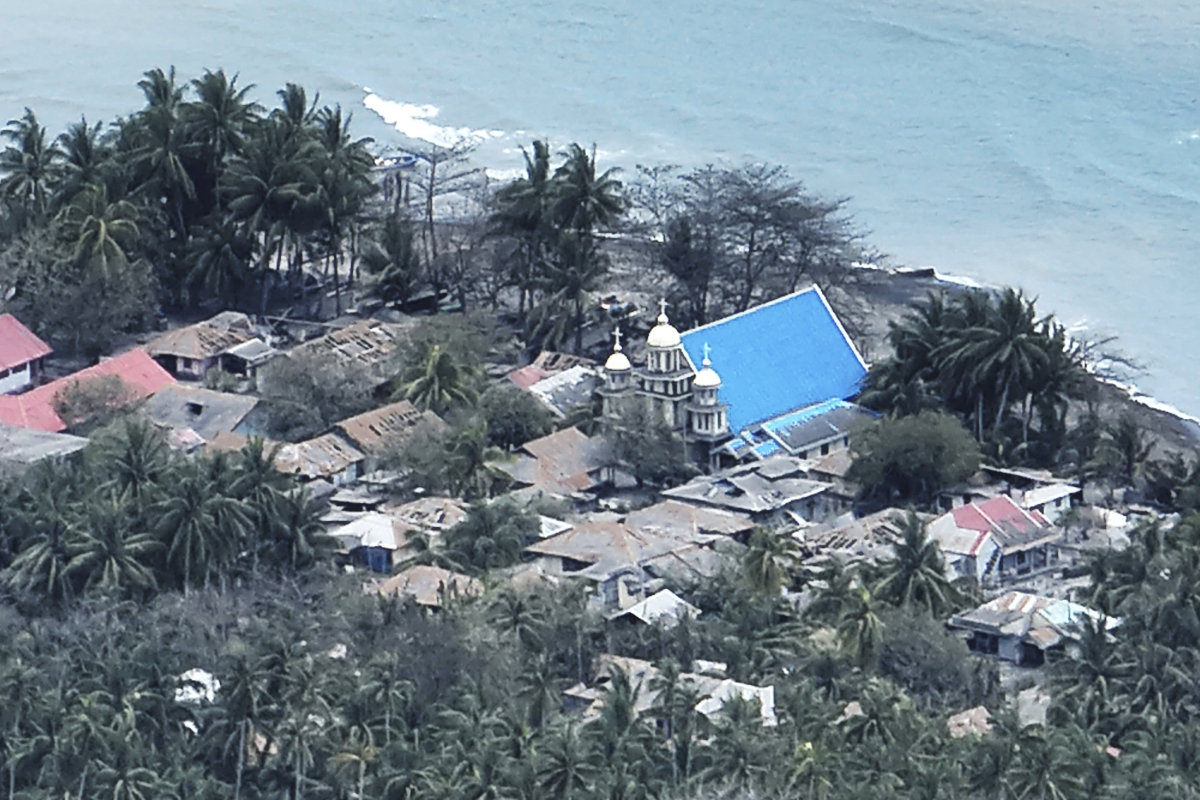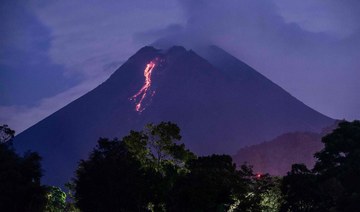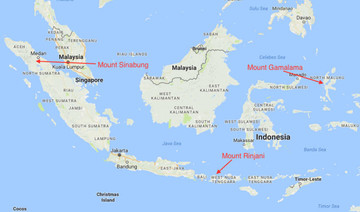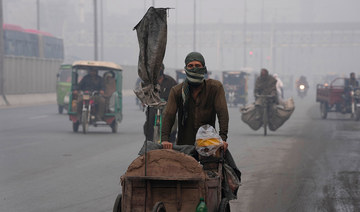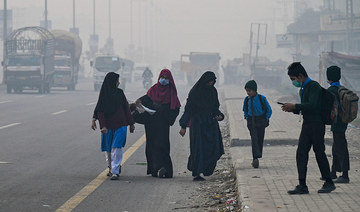Kabul: Ten journalists were amid the dozens of people killed in attacks across Afghanistan this week. To a tight-knit community, it was a bitter blow, as death was always a part of the job.
Some victims including, Agence France-Presse’s chief Afghan photographer Shah Marai, were veterans with decades of experience whose powerful images were testament to the unimaginable violence they witnessed.
Others were at the start of their careers — one only a week into the job. They were students, trainees and fathers. At least three of them were preparing to get married.
Their deaths underscore the dangers faced by journalists as the war-torn country slips further into violence, more than 16 years after the Taliban regime fell.
Here are brief profiles of the ten journalists killed across Afghanistan on Monday. Nine of them died in a single blast in Kabul, a secondary explosion which targeted journalists who had arrived to cover an earlier blast.
Tokhi was a senior cameraman with Tolo News, one of Afghanistan’s leading broadcasters, and a 12-year veteran of the outlet. A fan of judo, he spent much of his salary supporting his ill mother and sister stricken with cancer, forcing him for years to delay marriage plans. He, however, had finally become engaged and was due to marry in the weeks to come. Younger colleagues remembered his teasing. “He would call me, ‘Shah-e-bacha-ha’, which means ‘king of the boys’,” AFP video journalist Rateb Noori said.
AFP reporter Emal Haidary, who practiced judo with him, said he was a “nice, polite and calm person” who was “like a father to all his family. He was very caring.”
Rasooli was a young journalism student enrolled at Kabul University and was in the process of finishing his final year of studies, according to Tolo. He had been with 1TV for nearly four years. Like Tokhi, he was recently engaged and planning on marrying next month, his close friend and former colleague Zakarya Hassani told AFP.
Rajabi was a two-year veteran of 1TV and had rushed to cover the initial blast in Kabul Monday morning.
He is survived by a three-month-old daughter and his wife along with his elderly parents, according to Tolo.
Talash was a two-year veteran of Mashal TV and worked as a reporter based in Kabul for the broadcaster.
Moments before the second blast targeting reporters, Talash texted friends to warn them against using the road near the scene of the first explosion, according to Tolo. He also had become engaged last month and hoped to marry soon.
Saleemi had been hired by Mashal TV just last week. When he rushed to the scene of the first explosion Monday with fellow correspondent Saleem Talash, it was set to be one of his first big stories for the station.
Durani was a university student studying law and a trainee journalist working at Radio Free Europe.
New to the station, she was set to work on a segment focusing on women’s issues in the coming weeks. She had earlier worked for an Internet-based music channel.
She was the only woman among the journalists killed, and one of the few Afghan women working as a journalist in the deeply conservative and patriarchal country.
Hananzai was a young radio reporter with a background in broadcasting and specialized in covering Afghanistan’s narcotics trade.
“He was very, very happy” after landing his radio job, recalled AFP’s Noori, and was looking forward to a bright future. He became a journalist while studying Persian literature. According to the broadcaster, he was set to celebrate his first wedding anniversary on May 8.
Kakar was described by the station as a “key member” of the outlet’s video team. Over his five years with the broadcaster, he worked on a number of features, including pieces on women’s cricket in the country.
The station reported that he was one of the first people at the scene to cover the initial blast in Kabul on Monday. He is survived by a wife and daughter, according to Tolo.
Shah, the only one of the 10 not killed in the Kabul blast, had been working for the BBC’s Afghan service for just over a year when he was gunned down by unknown attackers in the eastern province of Khost Monday.
The BBC described the 29-year-old as a “respected and popular” journalist.
A 22-year veteran of Agence France Presse, Marai began his career with AFP as a driver in 1996, rising to the position of chief photographer for the agency’s bureau in Kabul.
Marai was one of the few international reporters on the ground in Kabul when US forces invaded the country in 2001. Over the course of the war since then, his photographs had captured the searing violence of the conflict along with moments of delicate beauty.
He leaves behind two wives and six children, including his only daughter born last month.


